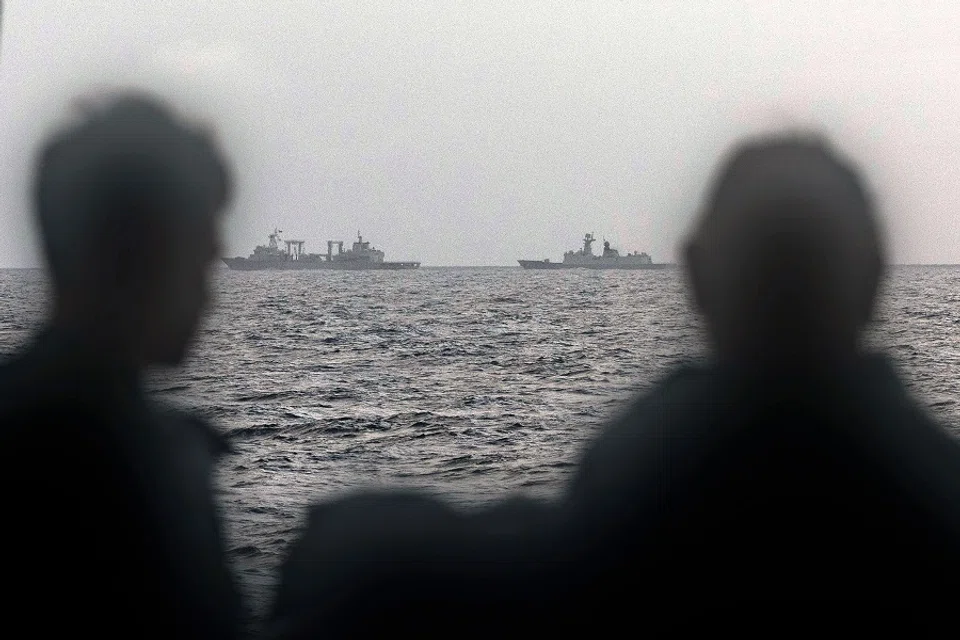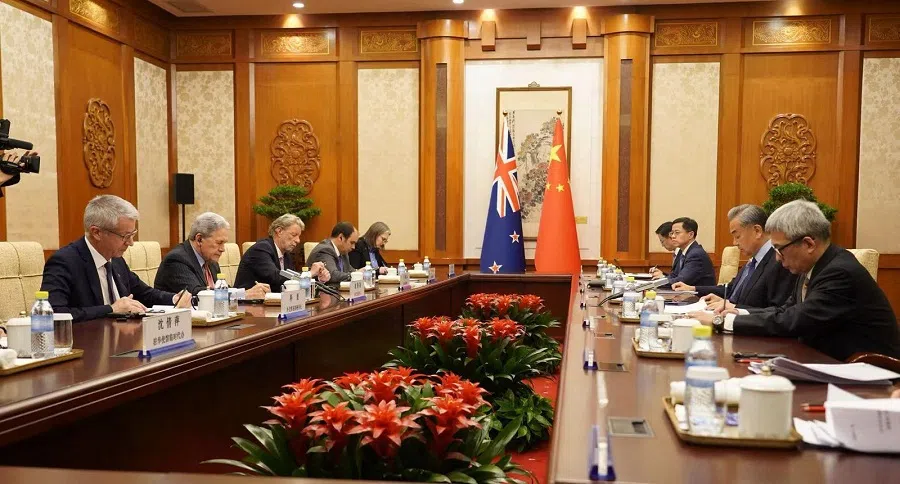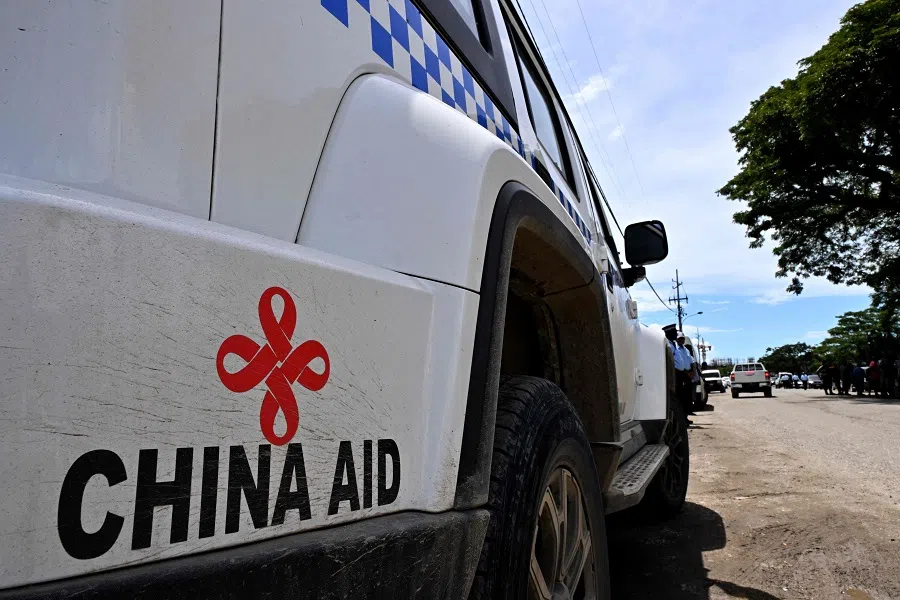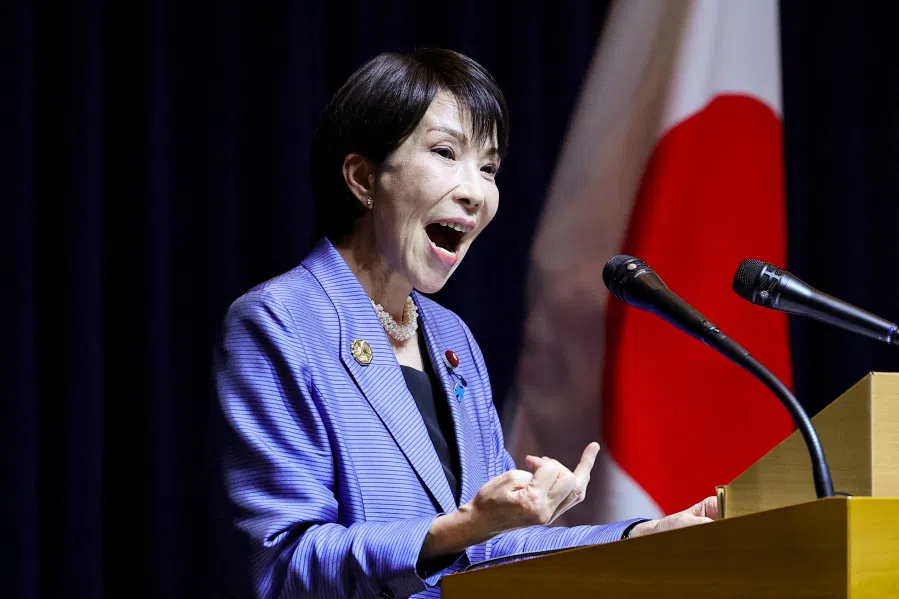China’s live-fire drills: A show of force in the Pacific?
Australia and New Zealand’s reactions to the PLA Navy’s recent live-fire drills off the shores of their waters reflect the intensity of their concerns regarding China’s growing naval power and presence in their backyards, says academic Ghulam Ali.

China’s People’s Liberation Army Navy (PLAN) separately conducted live-fire drills off the shores of Australian and New Zealand waters on 20 and 21 February, respectively. These exercises came within days of Australian maritime aircraft’s flight in the South China Sea, where a Chinese fighter dropped flares of warnings, and China signed different agreements with the Cook Islands upon which New Zealand had raised objections. Moreover, a few days before the drills, two US warships — the Arleigh Burke-class destroyer USS Ralph Johnson and the Pathfinder-class survey ship USNS Bowditch — passed through the Taiwan Strait for the first time since US President Donald Trump returned to the White House.
In the past, movements of the US and its Western allies involving aircraft or vessels traversing through water claimed by China in the South China Sea or the Taiwan Strait, provoking China’s reactions, used to grab headlines. This marks the first time that China has conducted live-fire exercises in waters off the shores of Australia and New Zealand.

In mid-February, three vessels of the PLAN — a Jiangkai-class frigate, a cruiser and a replenishment ship — were observed in international waters off the coast of Australia. They garnered international attention on 20 February when they performed live-fire exercises in the Coral Sea, approximately 250 nautical miles off Australia’s coast. The next day, the ships conducted live-fire drills in the Tasman Sea, about 150 nautical miles from New Zealand’s shores. According to New Zealand’s defence minister, Judith Collins, although China provided 24 hours’ notice, the ships tested intercontinental ballistic missiles (ICBMs).
Australia and New Zealand put on alert
While ships operated within international law, as acknowledged by Australian Prime Minister Anthony Albanese, Canberra expressed concern that Beijing notified it on “very short notice”, which was “disconcerting” for commercial flights. Wellington stated that China provided 24 hours’ notice.
Australian and International Pilots Association vice-president Steve Cornell said commercial flights typically flew at 30,000 to 35,000 feet, whereas live firing was reaching altitudes of up to 50,000 feet, which could put them at risk. This prompted changes in the routes of Qantas, Emirates and Air New Zealand. According to Australian sources, nearly 140 flights operate in the Tasman Sea every day.
The latter two regard the Pacific region as their sphere of influence, where China for the past several years, has been expanding its presence.

These incidents unsettled Australia and New Zealand, with major international media emphasising the drills. The seriousness can be gauged by the involvement of top leaders, including prime ministers, defence ministers and foreign ministers. Both countries coordinated with each other and alerted their navies and air forces. Australia made a diplomatic protest to China, while Foreign Minister Penny Wong raised the matter with her Chinese counterpart Wang Yi at the G20 summit in South Africa.
New Zealand’s Defence Minister Judith Collins was more vocal, describing the situation arising from the PLAN’s live-fire exercises as “tense”, accusing China of exhibiting “enormous strike power”. She resolved that Wellington would not make it a “new normal” and reiterated that her country no longer existed in a “benign strategic environment”, implying New Zealand’s assertiveness in the future.
China’s defence ministry spokesperson, Wu Qian, responded to Australia and New Zealand’s complaints, calling them “hyped up” and “inconsistent with the facts”. He stated that China had issued repeated safety notices in advance and that its actions complied with international law without affecting aviation flight safety. “Australia, fully aware of this, made unreasonable accusations against China and deliberately hyped it up,” Qian’s post stated. “We are deeply surprised and strongly dissatisfied.”
Domestic dimension to the strong reactions
Opposition and critics in Australia and New Zealand see this as a timely moment to unleash their attacks on the government. They accused Australian Prime Minister Anthony Albanese of defending China’s right to carry out the exercise as it had not breached internal law instead of making a phone call to President Xi Jinping. They referred to PLAN’s actions as “gun diplomacy” and criticised Albanese’s slow response as cowardly and submissive to Xi. This frenzy resulted in calls for an increased defence budget of up to 3%, similar to what it was during the Cold War period.
The row between China on the one side and New Zealand and Australia on the other is not isolated; it reflects a broad, smoldering conflict between the two sides. The latter two regard the Pacific region as their sphere of influence, where China for the past several years, has been expanding its presence.
In April 2022, China signed a security agreement with the Solomon Islands that involves cooperation on law enforcement and security matters. This agreement includes provisions for Chinese forces to assist in maintaining social order and protecting Chinese personnel and projects in the Solomon Islands. In February 2025, China signed a five-year agreement with Cook Island to explore and research seabed mineral riches. In 2019, the Solomon Islands and Kiribati switched their diplomatic ties from Taiwan to China, and in 2024, Nauru did the same.
... the small Pacific nations, which have long remained under Australia, New Zealand, and the US influence, are asserting their agency. These small but resource-rich island nations occupy strategic locations in the Pacific, which are attractive to China.
Influence over the Pacific nations a related concern
Parallel to this, the small Pacific nations, which have long remained under Australia, New Zealand, and the US influence, are asserting their agency. These small but resource-rich island nations occupy strategic locations in the Pacific, which are attractive to China.
China’s increasing engagement with Pacific nations is backed by the swift modernisation of its naval forces. Last year, the Pentagon’s claim that the PLAN was constructing vessels capable of reaching well beyond East Asia proved valid. China’s third home-grown aircraft carrier, Fujian, has completed a sea trial and will be in service this year. The PLAN plans to have six carriers by 2035. This will significantly increase China’s power across the Asia-Pacific region.

Australia and New Zealand’s reactions to PLAN’s live-fire reflect the intensity of their concerns regarding China’s growing naval power and presence in their backyards. On the other hand, China demonstrated its ability to sail to the farthest points in the vast oceans. Analysts also suggest that Beijing aimed to see if the US would side with its ANZUS (Australia, New Zealand and United States) alliance. The response would offer insight into the Trump administration’s future policies regarding the region.
Whether PLAN conducted routine drills like most navies do or was responding in kind to Canberra and Wellington’s occasional “incursions” into Chinese-claimed territory, relations between the two sides in the Pacific region are likely to soar in the future.





![[Big read] China’s 10 trillion RMB debt clean-up falls short](https://cassette.sphdigital.com.sg/image/thinkchina/d08cfc72b13782693c25f2fcbf886fa7673723efca260881e7086211b082e66c)